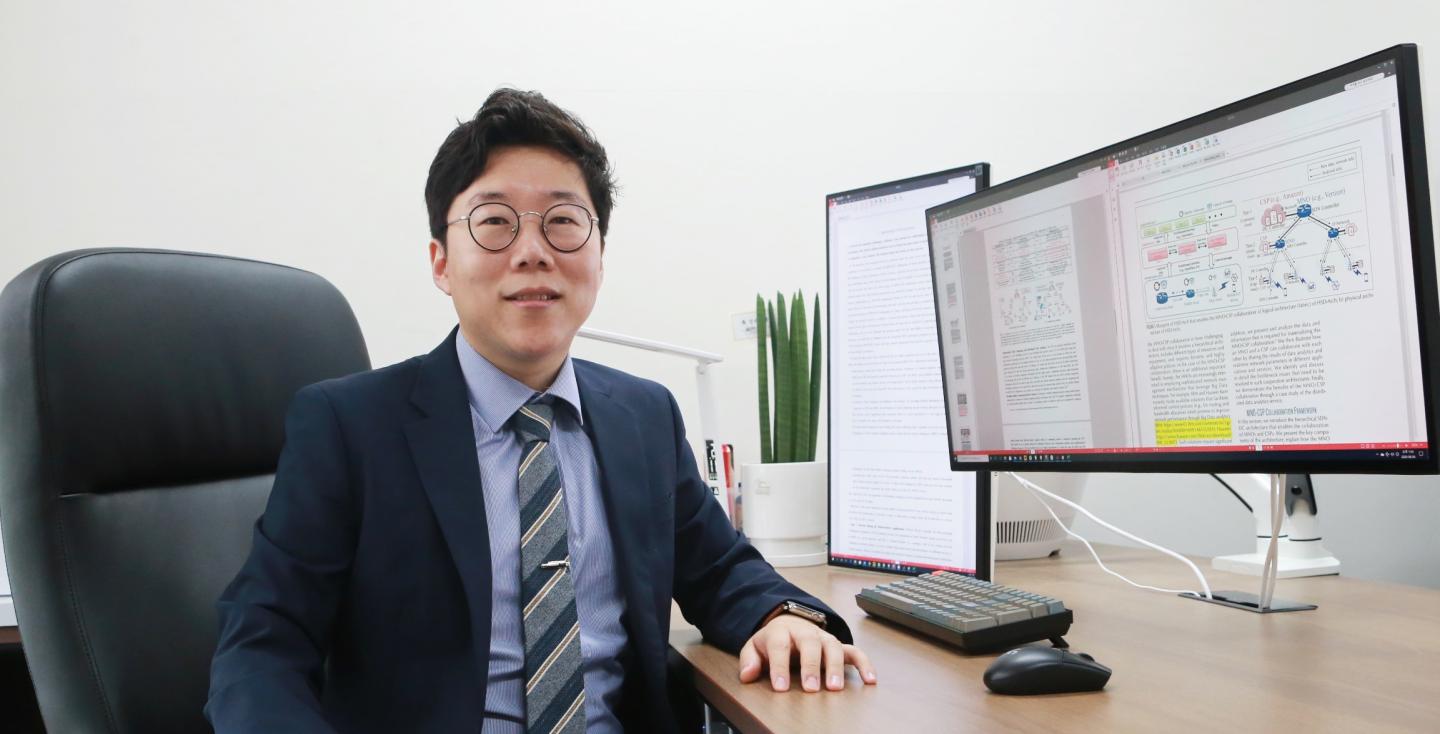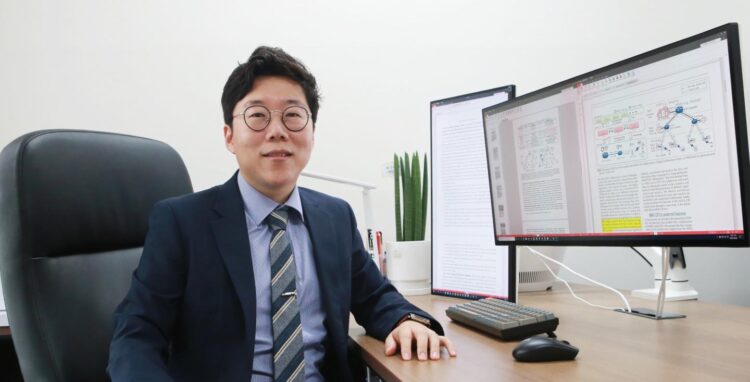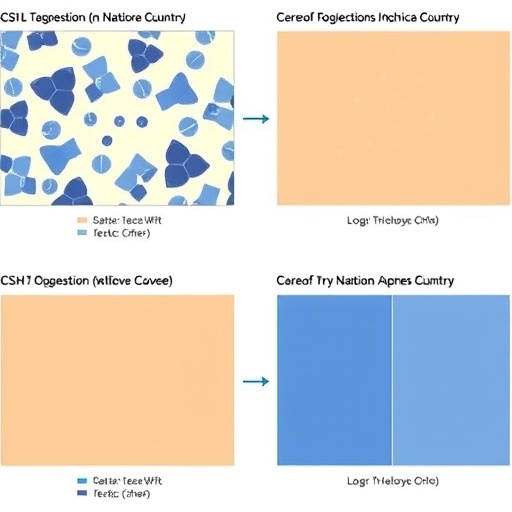Scientists explain how collaboration between cloud and network service providers could enable advanced or “killer” 5G applications

Credit: DGIST
That many novel network- and cloud-dependent services will have become commonplace in the next few years is evident. This includes highly demanding technological feats like 8K video streaming, remote virtual reality, and large-scale data processing. But, it is also likely that today’s network infrastructures won’t make the cut unless significant improvements are made to enable the advanced, “killer” 5G applications expected in the imminent 5G era.
So, instead of having cloud service providers (CSPs) and mobile network operators (MNOs) like Google and like Verizon independently improve their systems, what if they actively collaborated to achieve common goals? In a recent paper published in IEEE Network, a team of scientists, including Prof Jeongho Kwak from Daegu Gyeongbuk Institute of Science and Technology in Korea, explored the benefits and challenges of implementing a system focused on MNO-CSP collaboration.
In their study, the scientists propose an overarching system architecture in which both CSPs and MNOs share information and exert unified control over the available network, computing, and storage resources. Prof Kwak explains, “The proposed architecture includes vertical collaboration from end devices to centralized cloud systems and horizontal collaboration between cloud providers and network providers. Hence, via vertical-horizontal optimization of the architecture, we can experience holistic improvement in the services for both current and future killer applications of 5G.” For example, by having MNOs share information about current traffic congestions and CSPs inform MNOs about their available computing resources, a collaborative system becomes more agile, flexible, and efficient.
Through simulations, the research team went on to demonstrate how CSP-MNO collaboration could bring about potential performance improvements. Moreover, they discussed the present challenges that need to be overcome before such a system can be implemented, including calculating the financial incentives for each party and certain compatibility issues during the transition to a collaborative system architecture.
Embracing collaboration between CSPs and MNOs might be necessary to unlock many of the features that were promised during the early development of 5G. Prof Kwak concludes, “We envision unconstrained use of augmented or virtual reality services and autonomous vehicles with almost zero latency. However, this ideal world will be possible only through the joint optimization of networking, processing, and storage resources.”
One thing is clear: “teamwork,” among various service providers, is essential if we are to keep up with the current Information Age.
###
Reference
Authors: Jeongho Kwak1, Long Bao Le2, George Iosifidis3, Kyunghan Lee4 and Dong In Kim5
Title of original paper: Collaboration of Network Operators and Cloud Providers in Software-Controlled Networks
Journal: IEEE Network
DOI: 10.1109/MNET.001.1800329
Affiliations: 1Daegu Gyeongbuk Institute of Science and Technology (DGIST)
2Institut National de la Recherche Scientifique (INRS), University of Québec
3Trinity College Dublin (TCD)
4Seoul National University (SNU)
5Sungkyunkwan University
*Corresponding author’s email: [email protected]
About Daegu Gyeongbuk Institute of Science and Technology (DGIST)
Daegu Gyeongbuk Institute of Science and Technology (DGIST) is a well-known and respected research institute located in Daegu, Republic of Korea. Established in 2004 by the Korean Government, the main aim of DGIST is to promote national science and technology, as well as to boost the local economy.
With a vision of “Changing the world through convergence”, DGIST has undertaken a wide range of research in various fields of science and technology. DGIST has embraced a multidisciplinary approach to research and undertaken intensive studies in some of today’s most vital fields. DGIST also has state-of-the-art-infrastructure to enable cutting-edge research in materials science, robotics, cognitive sciences, and communication engineering.
Website: https:/
About Prof Jeongho Kwak from DGIST
Prof Jeongho Kwak graduated from the Department of Electronics Engineering at Ajou University in 2008 and received master’s and doctorate degrees from KAIST in 2011 and 2015, respectively. He joined DGIST in 2020 as a Professor at the Department of Information and Communication Engineering. His main research fields include resource optimization and reinforcement learning in computing and networking, particularly multi-resource management of computing, storage, and networking in cloud platforms, IoT networks, and mobile systems using optimization and reinforcement learning tools. He has published 24 international papers, in journals like IEEE Journal on Selected Areas in Communications, IEEE/ACM Transactions on Networking, IEEE Transactions on Mobile Computing and as main author in IEEE INFOCOM. His group has received various accolades at the Samsung Electronics Human Tech Paper Awards, one of the most prestigious academic awards in Korea.
Media Contact
Kwanghoon Choi
[email protected]
Original Source
https:/
Related Journal Article
http://dx.





